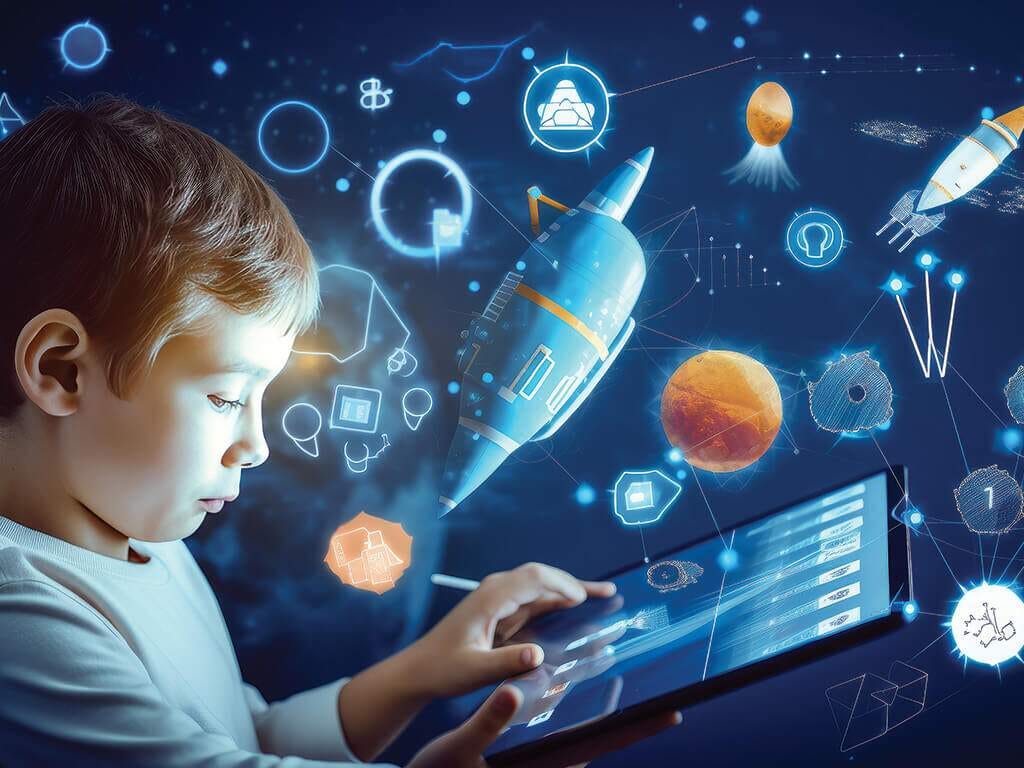Part 2: Branches of Artificial Intelligence
Part 2: Branches of Artificial Intelligence
Artificial Intelligence is not a single technology but a collection of subfields. Each branch focuses on solving specific problems or mimicking human abilities. Understanding these branches will give you a complete picture of how AI works and where it is applied in real life.
1. Machine Learning (ML)
Machine Learning is the backbone of modern AI. It allows computers to learn patterns from data instead of being programmed step by step. For example, an ML system can learn to recognize fraudulent transactions by analyzing past financial records.
- Supervised Learning – models learn from labeled examples (e.g., spam vs. non-spam emails).
- Unsupervised Learning – models find hidden patterns in data without labels (e.g., customer segmentation).
- Reinforcement Learning – models learn by trial and error (e.g., self-driving cars, AlphaGo).
2. Deep Learning (DL)
Deep Learning is a specialized form of Machine Learning that uses artificial neural networks with many layers. These models are inspired by the human brain. Deep Learning powers technologies like voice assistants (Siri, Alexa), image recognition (Google Photos), and generative AI tools (ChatGPT, DALL·E).
3. Natural Language Processing (NLP)
NLP enables machines to understand and generate human language. From Google Translate to customer service chatbots, NLP makes communication between humans and machines seamless. In education, NLP tools can automatically grade essays or assist with language learning.
4. Computer Vision
Computer Vision teaches machines to “see” and interpret images and videos. It is used in medical imaging, traffic surveillance, autonomous vehicles, and even facial recognition in smartphones. By analyzing pixels, AI can detect diseases or identify objects in real time.
5. Robotics
Robotics combines AI with mechanical engineering to build intelligent machines. Robots are now used in manufacturing, space exploration, healthcare (surgical robots), and even household chores (robot vacuums). With AI, robots can adapt and perform complex tasks.
6. Expert Systems
Expert systems are AI programs designed to make decisions in specialized fields. For example, a medical expert system can suggest diagnoses based on symptoms and patient history. These systems rely on a large knowledge base and logical reasoning.





Comments